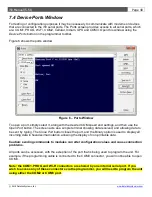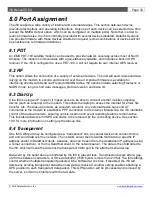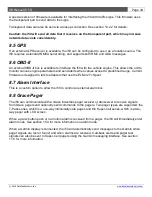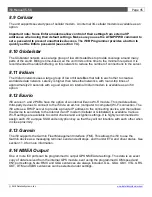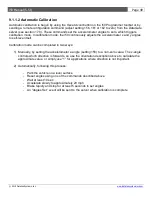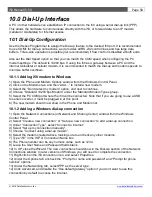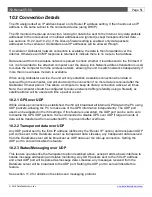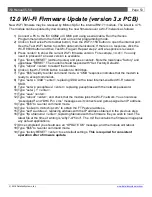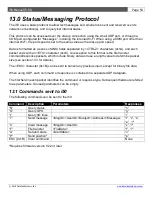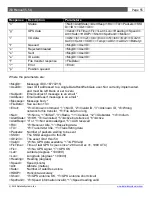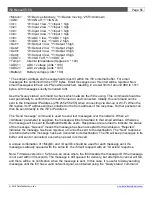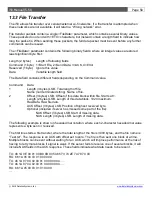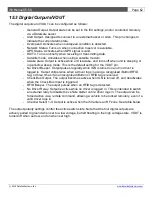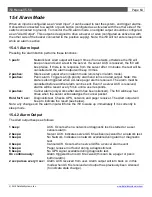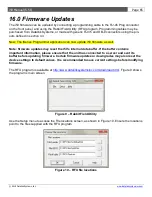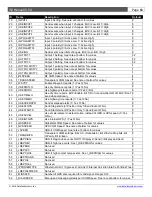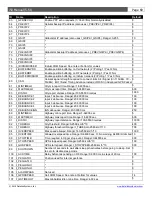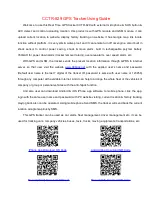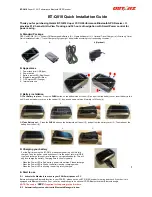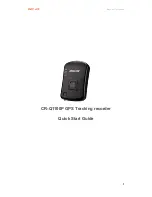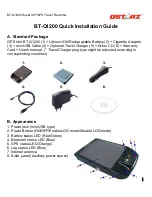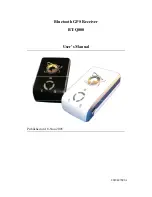
i50 Manual (5.51)
Page 54
© 2018 Datalink Systems, Inc.
www.datalinksystemsinc.com
13.0 Status/Messaging Protocol
The i50 uses a basic protocol to allow text messages and emails to be sent and received over its
network connection(s), and to query/set internal status.
This protocol can be accessed over the dial-up connection using the email UDP port, or through a
COM port con
figured for “Messages”, including the internal Wi-Fi. When using a COM port other than
internal Wi-Fi, the port speed is set to the same value as the dial-up port speed.
Data is formatted as a series of ANSI fields separated by <CTRL-Z> characters (0x1A), and each
packet ends with an <ETX> character (0x03). An exception to this format is the file transfer
command/response packets, which include binary data and use a length value to determine packet
size (see section 13.3 for details).
The <ESC> character (0x1B) can be sent to cancel any previous input, except for binary file data.
When using UDP, each command or response is contained in a separate UDP datagram.
The first field in each packet identifies the command or response type. Subsequent fields are referred
to as parameters. Unused parameters can be empty.
13.1 Commands sent to i50
The following commands can be sent to the i50:
Command
Description
Parameters
Responses
“N”
Query status
“n”
“G”
Query GPS
“g”
“
I
”
Query I/O lines
“i”
“T”
Send message
<MsgID><UserID><Subject><Address><Message>
“t”, “x”, “s”,
“e”, “?”
‘C’
Clear message
<MsgID><UserID>
“x”,”?”
“F”
File transfer
<FileData>
“f”, “?”
“A”
Set alert state
<AlertState>
“n”
“P”
Send position*
“p”
ESC (0x1B) Clear command
None
*Requires firmware version 5.22 or later

